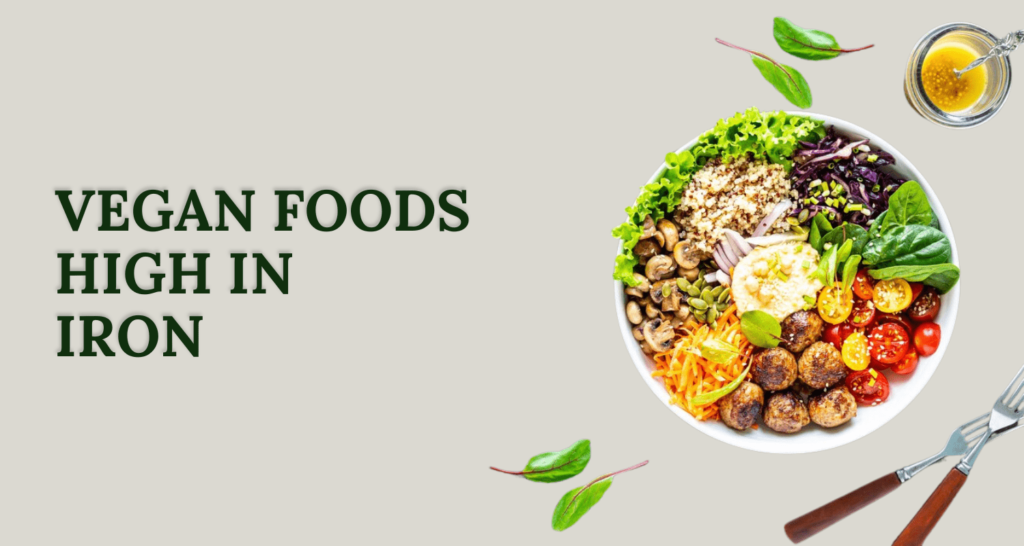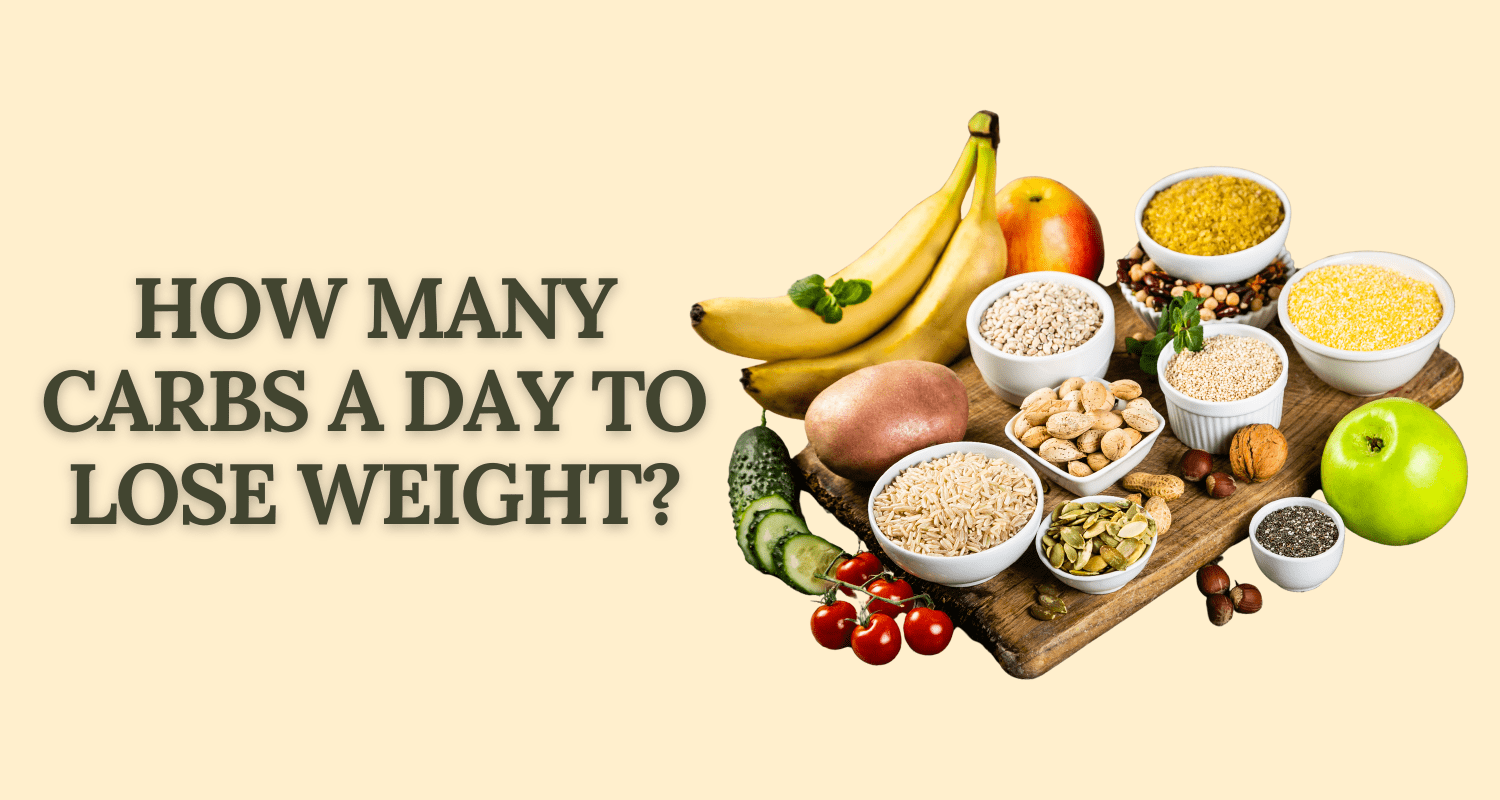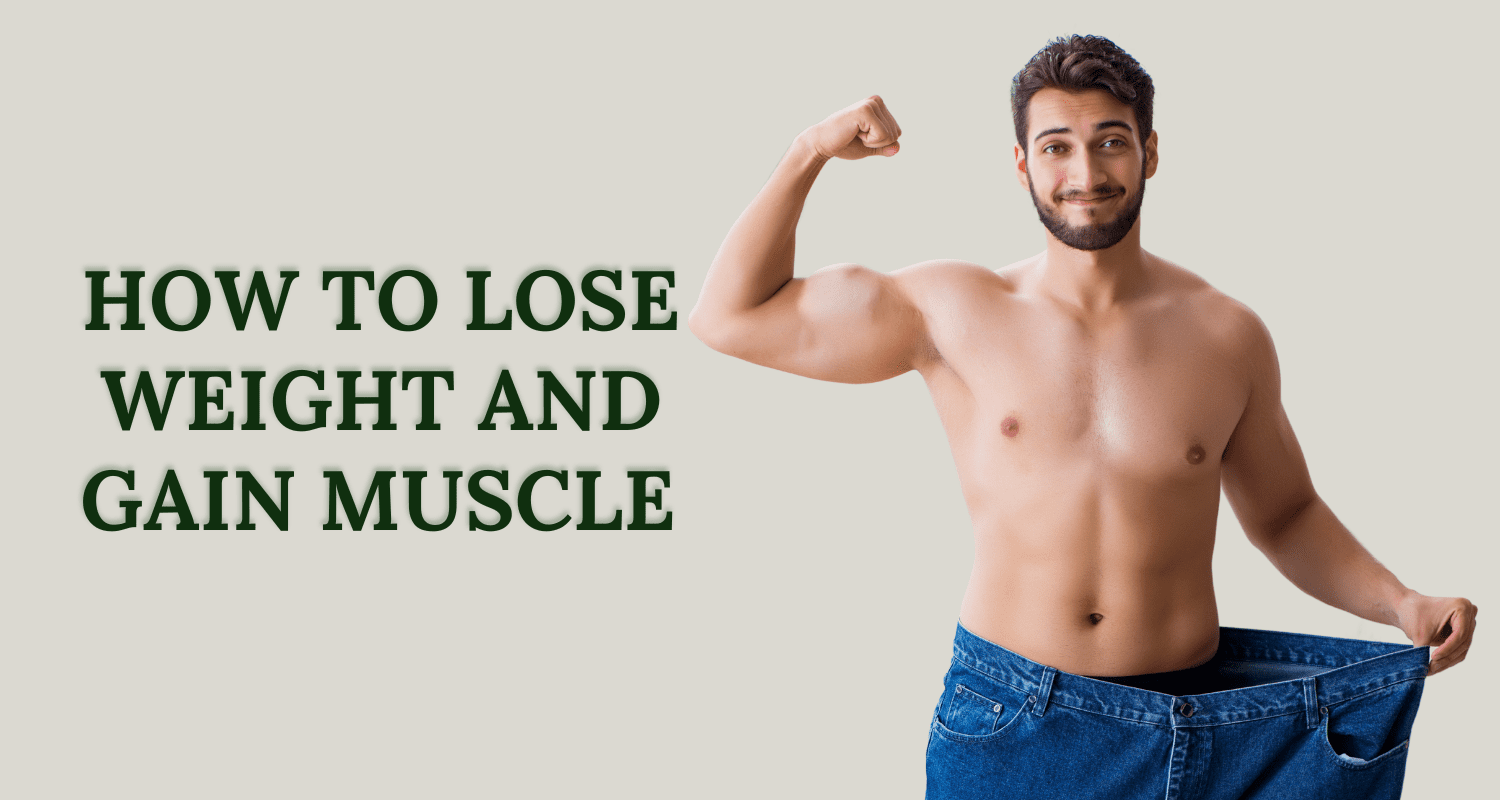Do you know a well-planned vegan diet meets your iron needs?
Many people think you can’t get enough iron from plants.
That’s not true.
Vegan diets have many iron-rich foods for good health. This article will look at top vegan foods high in iron. It will show how they help your health.
Let’s delve into vegan foods high in iron.
Key Takeaways:
- Vegans can meet their iron needs through plant-based sources.
- Iron is essential for growth, development, and various bodily functions.
- Vegan foods high in iron include blackstrap molasses, lentils, tofu, tempeh, spinach, beans, and Swiss chard.
- Nuts, seeds, whole grain foods, and certain fruits also contribute to iron intake on a vegan diet.
- Maximizing iron absorption can be achieved through vitamin C-rich foods, specific cooking methods, and supplements if necessary.
The Importance of Iron for Health
Iron is super important for our health.
It helps make red blood cells and carries oxygen around the body.
That helps our heart, lungs, and immune system work well.
Iron also helps make collagen. This protein keeps our skin and joints healthy.
It also gives us energy and helps us think clearly. Without enough iron, our health can suffer.
If we don’t have enough iron, we might get anemia. This means not having enough healthy red blood cells.
Anemia makes us feel tired, weak and can make it hard to breathe. It can also cause headaches.
Some people think being vegan means you won’t get enough iron.
But that’s not true.
Vegans can get enough iron by eating the right plant-based foods. Eating vitamin C-rich foods helps our bodies use the iron from plants better.
Vegan Foods High in Iron
On an iron-rich vegan diet, getting enough iron is key for your health. Luckily, many plant foods have lots of iron to fit right into your meals.
1. Blackstrap Molasses
Blackstrap molasses is a top non-heme iron source. Just two tablespoons give you 7.2 milligrams of iron.
It’s tasty in baking, cooking, and as a sweetener in drinks and meals.
2. Lentils
Lentils are rich in iron, potassium, fiber, and folate. Adding them to soups, stews, salads, or sides increases your iron.
They come in green, brown, and red varieties.
3. Tofu and Tempeh
Tofu and tempeh come from soybeans and are full of protein and iron. Tofu works well in stir-fries and curries.
Tempeh has a firm texture, perfect for grilling or salads.
4. Spinach
Spinach is loaded with iron and many vitamins. Enjoy it raw in salads, cooked as a side, or in smoothies.
It’s a flexible veggie for vegan diets.
5. Beans
Beans, like kidney and soybeans, are high in iron and also give you protein and fiber.
Use them in chili, salads, or as taco fillings to up your iron.
6. Swiss Chard
Swiss chard is full of iron and boosts meal appeal with its color. You can sauté it, steam it, or add it to soups.
It helps you get enough iron while adding variety to dishes.
Adding these iron-rich vegan foods to your diet keeps your iron levels up and supports your health.
Try new recipes and mix them up for tasty, nutritious meals.
Other Top Iron-rich Vegan Foods
Many vegan foods can help you get enough iron.
Adding various nuts and seeds to your meals is smart.
Macadamia nuts, almonds, pine nuts, flaxseeds, pumpkin seeds, and sesame seeds are all full of iron. They make great snacks or can boost dishes nutritionally.
Whole grains are tasty, satisfying, and a solid iron source. Eat oats, quinoa, spelt, and amaranth to get more iron.
Also, picking breakfast cereals fortified with iron offers a simple way to get your iron.
Fruits usually don’t spring to mind for iron, but some are surprisingly rich in it. Mulberries, prune juice, and black olives have iron.
They can be part of a well-rounded vegan diet.
Iron Absorption from Plant Foods
To get the most iron from plant foods, try these helpful tips.
They’ll make sure you get enough iron:
1. Pair Plant Foods with Vitamin C-Rich Foods
Eat vitamin C-rich foods with your plant-based iron. It boosts the iron your body takes in.
Good sources of vitamin C are oranges, strawberries, and tomatoes.
2. Limit Coffee and Tea Consumption with Meals
Coffee and tea can block iron absorption. For better iron uptake, don’t drink them with iron-rich meals.
3. Optimize Iron Absorption by Soaking, Sprouting, and Fermenting
Grains and seeds have phytic acid, which can stop iron absorption. Soaking or fermenting these foods lowers phytate, raising iron absorption.
Try soaking beans or using fermented bread.
4. Cook with Cast Iron Pans
Cooking in cast iron pans can boost your meal’s iron. Acidic foods, like tomatoes, work best.
5. Include Lysine-Rich Foods in Your Diet
Lysine helps with iron absorption. It’s in legumes and quinoa.
Adding these to your diet aids iron intake.
6. Consider Iron Supplements, if Necessary
If diet alone isn’t enough, supplements can help.
But keep an eye on your iron levels and get advice before starting supplements.
These tips will help you absorb more iron from plants. Good iron intake is key for a healthy plant-based diet.
Vegan Foods High in Iron: Leafy Greens and Beans
Spinach and kale are packed with iron, perfect for vegans to boost iron levels.
One cup of cooked spinach has 6.4 milligrams of iron. In contrast, one cup of cooked kale gives you 1.1 milligrams.
These greens are not only healthy but also fit into many meals. You can add them to salads, smoothies, stir-fries, and soups.
Leafy Green Recipe Idea
For a tasty way to eat leafy greens, make a spinach and kale salad.
Just mix fresh spinach and kale with diced avocado and sliced cherry tomatoes.
Add sunflower or pumpkin seeds for crunch. Top it off with a dressing made of lemon juice, olive oil, maple syrup, and a bit of sea salt.
This salad is full of flavor and packs in iron and other nutrients.
Legumes like lentils, black beans, and chickpeas are also great for iron.
Lentils, for example, are loaded with iron, fiber, protein, and other nutrients.
One cup of cooked lentils has about 6.6 milligrams of iron.
Black beans and chickpeas are good too, with one cup of cooked black beans having 3.6 milligrams of iron and chickpeas 4.7 milligrams.
Bean Recipe Idea
To enjoy a filling meal, make a lentil and black bean stew.
Start by cooking onions, garlic, and spices such as cumin and paprika in olive oil. Then add lentils, black beans, tomatoes, and vegetable broth.
Let it simmer for 20 minutes to blend the flavors. Serve this tasty stew with whole grain bread or brown rice for a hearty meal.
Adding spinach, kale, lentils, black beans, and chickpeas to your diet helps with iron intake. These foods make vegan meals both delicious and nutritious.
Vegan Foods High in Iron: Nuts, Seeds, and Whole Grains
Boosting your iron intake with nuts, seeds, and whole grains is smart.
Almonds and flaxseeds are not just tasty. They’re also iron-rich, making your snacks healthier.
Adding these to your diet helps meet your iron needs easily.
Quinoa and oats are more than just fiber-rich. They have iron and other vital nutrients too. Including them in your meals boosts your iron intake.
Plus, their nutty flavor makes everything more delicious. So, enjoy them in salads or oatmeal for healthy iron sources.
For an easy iron boost, try fortified cereals. They’re packed with vitamins and minerals, including iron.
Vegan-friendly, they can be eaten with dairy-free milk or smoothies. It’s a simple way to get more iron in your breakfast.
Eating almonds, flaxseeds, quinoa, oats, and fortified cereals ups your iron.
Doing this supports your health and keeps iron levels up. These foods make your meals both tasty and nutritious.
Conclusion
Getting enough iron on a vegan diet is doable with all the plant-based options out there.
Foods like leafy greens, beans, nuts, seeds, and whole grains are packed with iron. These help vegans stay healthy and get the iron they need.
It’s key to plan your meals thoughtfully to make sure you’re getting enough iron.
Adding iron-rich plants to dishes and eating vitamin C-rich foods helps a lot.
But, try to skip coffee and tea during meals to boost iron absorption.
Sometimes, taking vegan iron supplements might be necessary to get the iron your body needs.
Yet, it’s important to check your iron levels and talk to a doctor before you start any supplements.
With the right knowledge and meal planning, a vegan diet can give you all the nutrients you need, including iron.
By choosing plant-based sources of iron, vegans can ensure they’re meeting their iron requirements.
This supports a healthy and balanced vegan lifestyle.
FAQs
Which vegan foods are high in iron?
Dark leafy greens like spinach, lentils, tofu, quinoa, and fortified cereals are excellent sources of iron for vegans.
What vegan foods have the most iron?
Legumes such as lentils and beans, as well as seeds like pumpkin and sesame seeds, are among the vegan foods with the highest iron content.
How do vegans treat iron deficiency?
Vegans can combat iron deficiency by incorporating iron-rich foods into their diet, using cast-iron cookware, and ensuring adequate vitamin C intake to enhance iron absorption.
How do vegans get iron and B12?
Vegans can obtain iron from plant-based sources like legumes, fortified cereals, and dark leafy greens, while B12 can be obtained from fortified foods or supplements.
Which veg food has the highest iron?
Among vegan foods, lentils and soybeans are known to have some of the highest iron content.
Which fruit has the highest iron?
While fruits generally contain lower amounts of iron compared to other foods, dried apricots and raisins are some fruit options relatively higher in iron.
Is beetroot rich in iron?
Beetroot contains a moderate amount of iron, but it’s not as high as some other plant-based sources like lentils or spinach.
Disclaimer: This content, including advice, provides generic information only. It is not a substitute for a qualified medical opinion. Always consult a specialist or your doctor for more information. Nutrition Cult does not claim responsibility for this information.




